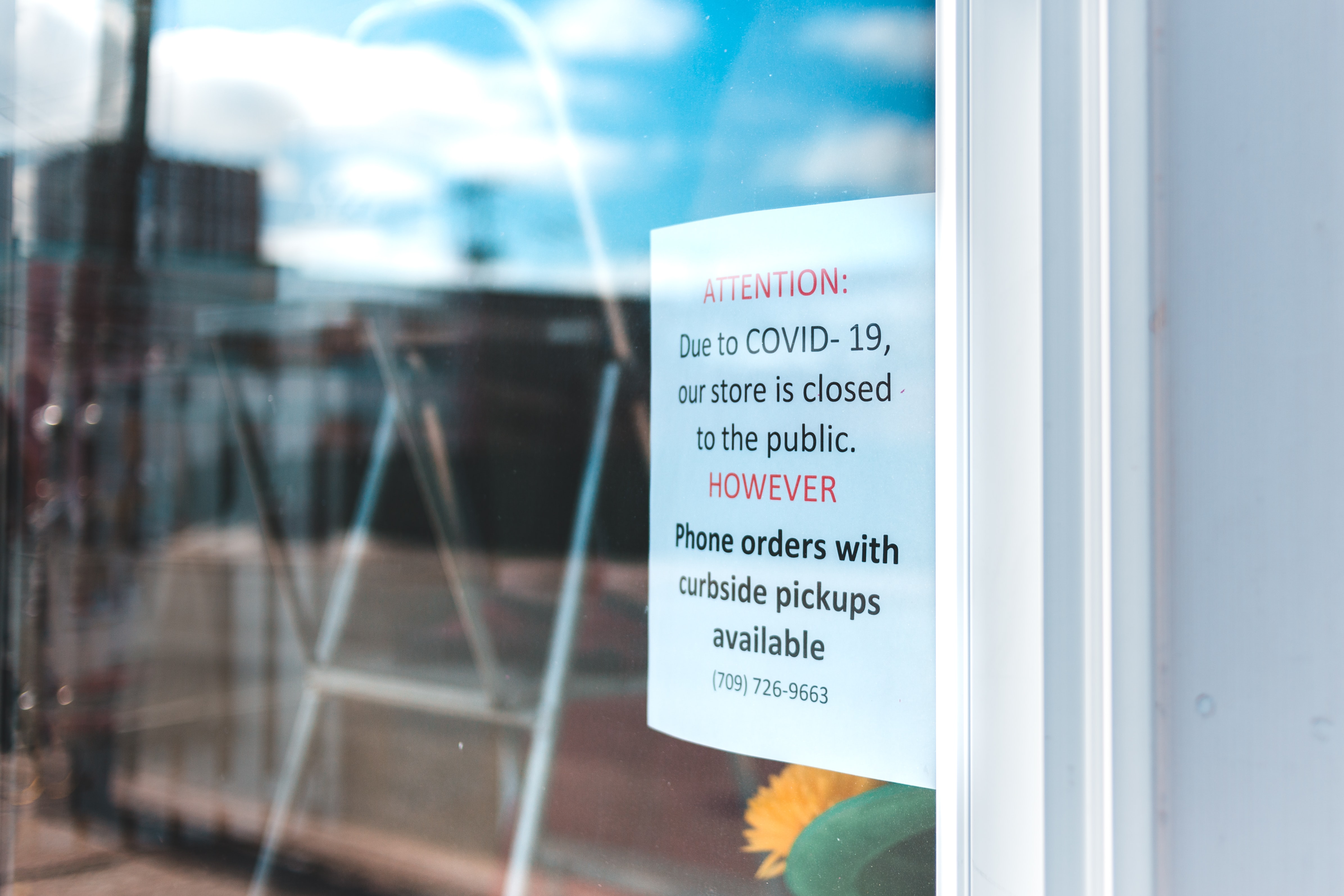It’s common to work alongside people who you disagree with. Whether this may be because they don’t show up to meetings, don’t deliver their work in time, or are constantly interrupting others – such team members impede the progress of your project.
Consequently, this creates an unproductive and unhealthy environment, affecting your team’s ability to achieve its overall goal as people feel unmotivated and stop believing in the work it takes to succeed. However, there are a number of ways you can combat and deal with difficult group members to ensure that everybody is able to collaborate productively and efficiently.
Here are 5 steps you can take to mitigate the negative impact on the project when encountering a challenging team member.
Tip 1: Define the problem
Before implementing a solution, you must first understand the kind of difficulty you’re dealing with. Each team and team member is unique. Therefore, the challenge you’re facing is context-specific.
Start by writing down what you think the problem is (referring to specific examples of how the problem manifests within the group setting) and how it is affecting you and the rest of the team.
If possible, consult with someone on the outside (e.g. a friend, the teaching assistant, a family member) so that you can get a second opinion (and a slightly more objective one) on the issue. This also helps to place the problem into perspective (e.g. perhaps it isn’t such a big issue after all or you’ve just mischaracterised the problem).
Tip 2: Plan a strategic approach
Prior to approaching the individual, jot down (in bullet points) what you want to say and how you will explain your point of view. This helps to keep the interaction focused and productive, as you are aware of all the main points that you would like to convey.
It is also important to write down questions that you’d like to ask your group member and to begin your initial conversation by asking them those questions first. In this way, you provide the opportunity for the person to share their side of the story, giving them the space to explain why they are doing what they’re doing. This prevents you from jumping to conclusions and ensures that the person does not feel alienated.
Tip 3: Initiate a conversation with the individual
Having the individual feel attacked is the last thing you would wish for. To prevent this from happening, you should have one member of the group approach the individual to start off a conversation. Aim to understand what is hindering the individual from participating in the group project and whether there is anything you can do to help.
Points to take into consideration:
1. Text them separately and do not start a conversation about them in the group chat created for the group project.
2. Start off with asking them about how they are doing and how they are finding the course.
3. Steer the conversation to understand if there is something which is preventing them from being involved in the group project.
4. Be empathetic and let them know that the group is there for them if there is a genuine problem, which is causing the individual to not be present.
5. If there isn’t a genuine issue, politely let the individual know that they should be attending meetings and should inform the rest of the group if they aren’t happy with something.
Tip 4: Confronting the individual
If an initial conversation with the individual doesn’t make a difference, you need to be honest about how you and the group feels. Let them know that their attendance in group meetings is critical for the group to do well. Inform them about the consequences that all members have to face if the group project doesn’t go well.
When I faced this issue, I got on a call with the group member and had an honest conversation about how their behaviour had a negative impact on the group. I tried to get a better understanding of the individual’s situation and whether they had an issue with working or whether they weren’t happy with the group dynamics.
Tip 5: Formulating a Group Contract
When working on a long-term group project where the participation of all group members is crucial, such as the Marketing Action Learning Project (MALP), having roles and responsibilities laid out is a good starting point. Similarly, when things do not go according to plan during a group project, or when certain members of a group are not coordinating with the rest of the group, drawing up a group contract is beneficial.
Some of the things to include in a group contract:
– Roles and responsibilities of all group members.
– Expectations from all members.
– Frequency of meetings.
– Person of contact.
– Consequences of missing a certain number of group meetings.
Course leaders at LSE truly make an effort to ensure that everyone is happy with their groups and are always open to having a conversation if there is an issue that persists. You shouldn’t wait until after a group submission to bring up such an issue. Bring it to someone’s attention when it has been happening for a significant amount of time so that an action can be taken.
LSE Student Ambassadors are more than happy to answer your questions and provide you with their experiences in group projects.






Nice post
good post